{This is in no way the most comprehensive review of this camera you can find. For that you should check out David Hobby and Zack Arias and Kai Wong. What follows is simply a first impression type of review after a few days usage. No pixel peeping or tech talk is used…well, not excessively anyway.}
The Fuji X100S is like a nineteen-sixties era Porsche 911. A small, yet sturdy high performance machine in a beautiful body that’s a challenge to master. Just because you can buy one doesn’t mean you can drive one. Sure, you can get from point A to point B. But you can do that with any car. You don’t buy a 911 to go to the grocery store. The 911 is built for a different purpose. Same with the X100S. It can be quirky and a little temperamental, but sticking with it, overcoming the quirks, is well worth the effort.
This camera is a sexy machine. It looks good and feels good. I love its light weight and its quiet shutter. And as many others have pointed out the all black model helps make it that much more unobtrusive. People either don’t notice it or don’t think much of it, which means it’s easier now to get those unguarded and more natural moments.
The out-of-the-camera JPEGs rock! There is a seriously nice look about them. This is important if you’re going to use the camera’s film simulations (Velvia, Astia, Provia, B&W, Sepia). If you’re strictly a RAW shooter then this means less to you. But I would bet if you’re a RAW + JPEG shooter and you use one of the applied film simulations you’ll be surprised how often you end up using the JPEG rather than the RAW file. With little or no tweaking in post. They’re that good.
Auto focus in low light can be sketchy. The Nikon D700 is a rock star in this area. So even as Fuji has improved upon its original X100, I find that it’s not close to the D700 regarding speed and accuracy. Maybe in a firmware update? I have no complaints about AF in good light and the manual focus in all situations is just fine. (I hear this is a vast improvement from the original.)
Flash. Oh boy, flash photography just got interesting. The Fuji X100S has a leaf shutter, as opposed to a curtain shutter. Which means it can synch with the flash at a higher shutter speed than most cameras. Like 1/1000th of a second! That’s cool, of course, but it gets better. There is a built in ND filter you can drop right in front of the sensor to give yourself three extra stops to work with. Which means you can open your aperture to f2 and get that creamy soft background while shooting outside in the mid-day harsh light. And yes, the sunlight becomes your background or fill light while your measly speedlight becomes the main light. Too cool. (non-Fuji strobes and synch cords work with this camera. In manual only, however, not TTL.)
Now, at the other end of all that… we have low light situations. The noise characteristics of this camera are wonderful. Easily usable up to ISO 6400 before you start to get too much grain/noise. And even then it’s a matter of taste. Some people like that for certain effects. But if you need clean images in seriously low light, you’ve got it with this camera.
A couple quirks and techs:
16 megapixel DX sensor, 23mm fixed lens (35mm equivalent), 6 FPS, built-in flash can be used as a commander for your speedlight.
– Can’t use flash (built-in or external) if you’re shooting in continuous drive. Which I’m OK with, but I wasn’t aware of this — didn’t see it anywhere mentioned in the manual — and so I was thinking my camera was already F-ed up on its second day. Thankfully a quick Google search got me the answer and put me at ease.
– When in macro focusing mode, you can’t use the Optical Viewfinder. Only the Electronic Viewfinder. Which makes sense, I guess. But, again, if you don’t remember you’re in that mode you’ll find yourself flipping the viewfinder selector switch again and again wondering why it won’t work. Take it out of Macro mode and all viewfinders are usable again. (Oh, did I mention it has an optical viewfinder as well as an electronic one? Yeah, so there’s that. Which is very cool.)
I could mention a couple more flaky things, but I wouldn’t want to spoil the surprise. Everybody should have their own fun quirky experiences.
As my friend Gordon Lafleur said, the learning curve is not small with the X100S, but it really is a great camera. I hope to be putting it to real world use very soon. In the meantime, I’m discovering it as I go and loving it more and more.
A few Samples:
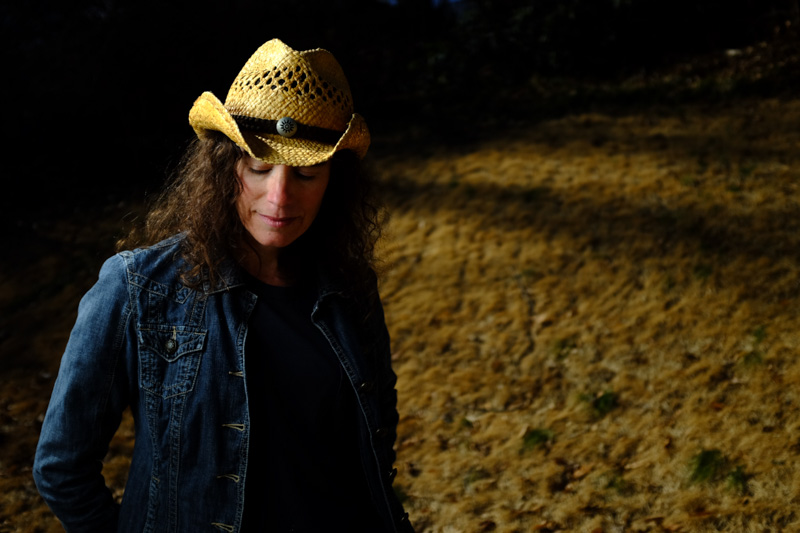
Shot mid-day at 1/1000 sec, f2 with ND filter engaged. Using a Nikon SB 800 with diffuser plate down and a shoot through umbrella. No kidding.
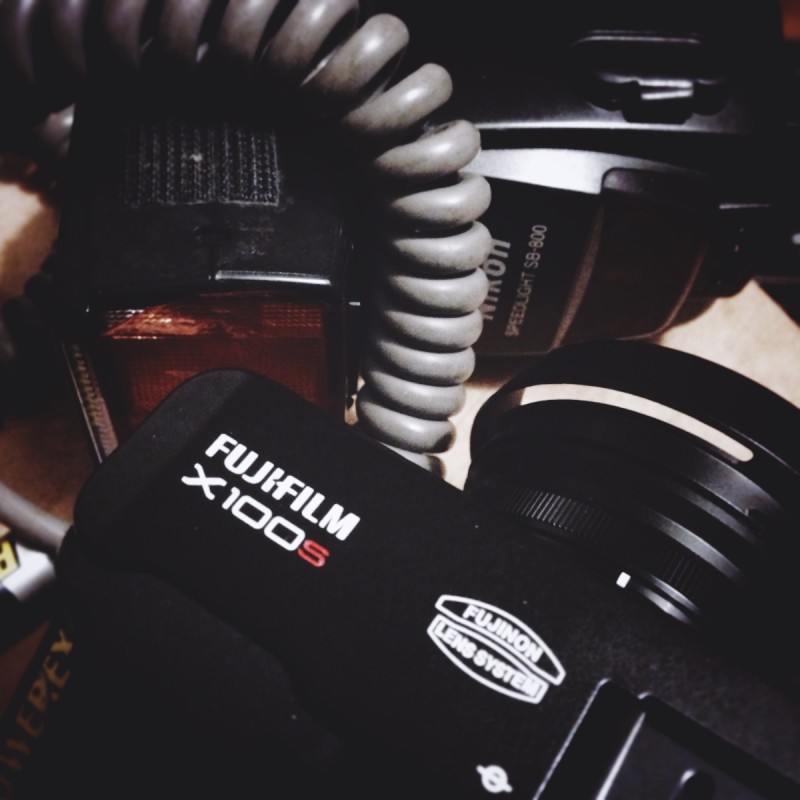
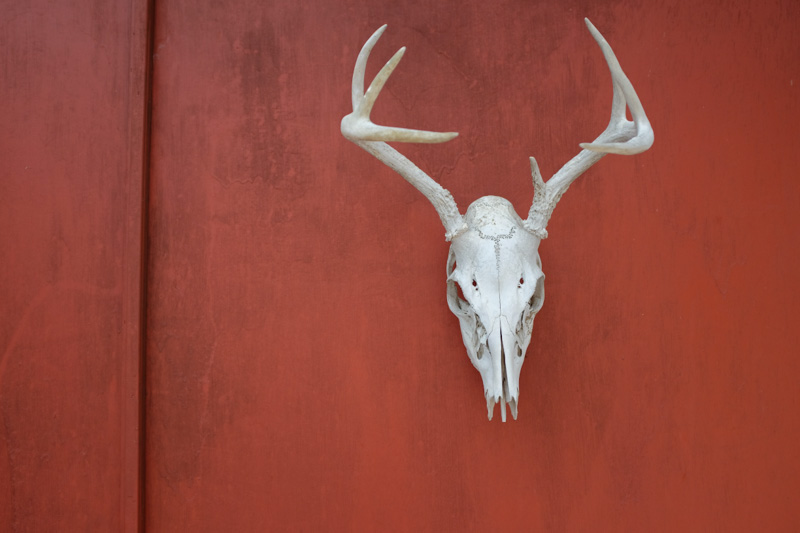
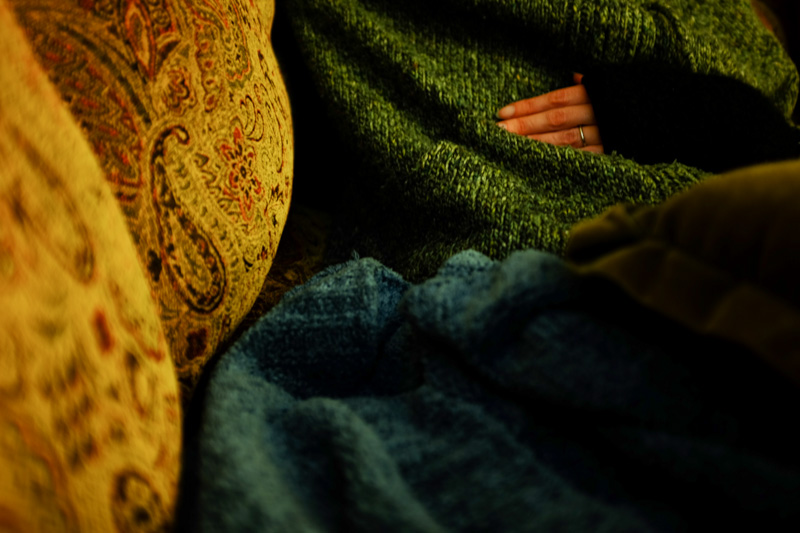
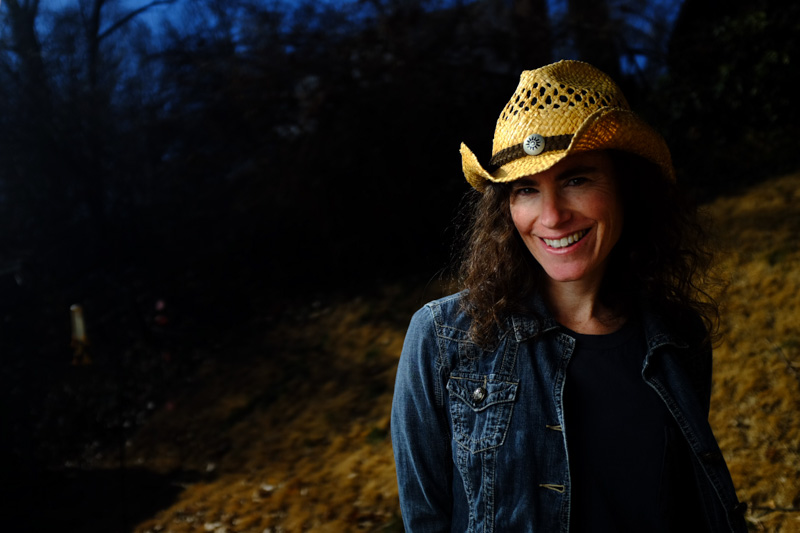

Mike,
Nice review, you touched on some of the less obvious things and I like that! Seems like a hell of a camera, great shoots from the first run here…more to come I’m sure.
Cheers, Jeremy
Yes sir. More to come.
And, thanks!
Hey Michael
Glad you finally bit the bullet. Your review is pretty much right on with my experience.
One thing you may want to explore, I assume the x100s is the same as the x100, in manual mode, the camera focuses seamlessly to the closest distance, no need to engage macro mode, and it indeed does let you use the frame-finder mode up close (although you’d be better off with the EVF in any case. My camera stays in manual focus mode, and I use my thumb on the afl ael button to focus. My only complaint is that horrible intrusive distance scale in the bottom of the viewfinder (no, you can’t shut it off in manual mode.)
Anyway have fun. I’m considering the x100s, as my x100 viewfinder blind is acting up and sticking half-way. I already spent $400 having the sticky aperture fixed a few months ago so am not keen on throwing more money at my pretty beat up x100.
Have fun
Thanks, Gordon. Great tip. I really appreciate the use of the AF/AE button. That’s how I use my DSLRs.
Given the speed at which Fuji’s been updating, I’d consider holding off as long as possible on purchasing an x100s if you already have an x100, as they may come out with something better any day now. Not to complain, I’d rather they move as fast as possible; even though it sucks when you’ve just bought a very recent model and they’ve already come out with a better one. As a long time Apple customer, I’m used to it.
And of course you may also want to consider the interchangeable lens option. I didn’t get highly regarded 35mm that Harvey referenced because I have the x-100s, but it’s nice having a 50 and 90 (two examples of what I’m talking about above regarding updated models. New 85 blows away the 90 I recently purchased and much better 50 is expected soon). Though, as I said, still use the x-100s a lot because it fits in large pockets, is less obtrusive, and totally silent.
Fuji should send Gordon a free camera for all he’s done to promote them and the exponential effect its had. I have an x-e2 now with a range of lenses but still find myself mostly using the x100s. In out-in-the open professional situations, I know I can get the shot. In more natural situations, it really is much closer to an iPhone than to a dslr as for being accepted, if not inconspicuous. And you haven’t really lived x-series until you get the ef-x20 flash. It’s so small you can easily close your hand around it. Then you’ve got dials in the left hand and dials in the right and can make really quick, almost unconscious adjustments to both lighting and exposure on the fly and it doesn’t scare off the subjects like a big honking speed light.
Good to hear about the X20 flash, Miguel. Thanks. It is kind of comical walking around with a flash almost twice as large as your camera! 🙂
Still getting used to it all. But enjoying the trip.
Cheers.
Pingback: Fuji X100S Review | Michael Kircher › By TOMEN
A somewhat funny review of the Fuji 100S:
http://infocus.gettyimages.com/post/master-class-the-alternative-view#.UxCgPdx11bV
Pingback: miXed zone: X-T1, why DSLRs sell better than mirrorless systems and more | Fuji Rumors
My views with respect to this camera: it is as temperamental as an alfa romeo. When you nail it, it rocks. All the reviews bar none, talk about how good the jpgs are and show a lot of examples. I happened to be using this camera for two years now (almost) and I can safely say the following:
1. When you have perfect light conditions aka perfect for the camera, the jpgs really are superb
2. when you manage it to focus properly (evf ovf or otherwise) it is really good.
3. The issue is that the chance when 1. and 2. take place simultaneously are quite slim.
4 Therefore unless you can live with more than 40-50% shot failures (in the best of cases), then everything is fine. For me an SLR with half the cost coupling the versatility of the slr system very much wins the competition, especially having in mind that slrs nowadays are not bulky anymore (using a 35-50mm lens that is).
5. For the reasons stated above I have decided never to depend on this camera again even for vacation time with my family. The failure cost is just too high.
Thanks for your thoughts, Andina.
For the most part I agree. I wouldn’t say my failure rate is as high as 40-50%, but yes, focusing in low light is not the best. Though Gordon’s tip above has helped tremendously.
Thanks again for stopping by!
Cheers.